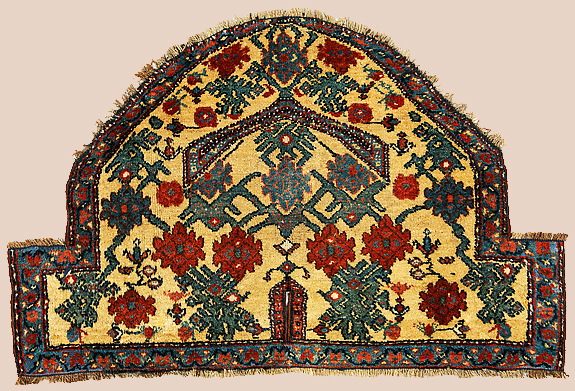Portable Storage: Tribal Weavings from the Collection of William and Inger Ginsberg

Deniz Beyazit
Wednesday, October 4, 2017
Field Trip to the Metropolitan Museum of Art
Woven bags carried by nomads in the Middle East were designed to contain all of the necessities of life, from bedding to salt. This exhibition will highlight 19 distinctly patterned examples of woven bags from nomadic cultures in Iran, Turkey, and the Caucasus, along with one striking pile-woven saddle cover. Featuring geometric patterns as well as stylized floral and animal motifs, these textiles are both utilitarian and expressive of a highly sophisticated tribal esthetic. The 2015 gift of these brightly colored works greatly expands the Museum’s holdings of tribal weavings from the region and lends insight into a way of life practiced in the Middle East for hundreds of years. The exhibition will also include two Islamic paintings from the Museum’s collection that illustrate bags and trappings in use in traditional society.
A graduate of the Sorbonne in Paris, Dr. Deniz Beyazit is an associate curator in theDepartment of Islamic Art at The Metropolitan Museum of Art, New York, which she joined in 2010. Her expertise and research fields, vary from medieval Islamic to Ottoman arts, and comprise medieval Islamic metalwork, carpets and textiles, medieval palatine architecture in the Northern Mesopotamia, Islamic prayer books, and art in the context of pilgrimage to Mecca and Medina in Ottoman times. Among her exhibitions are: Carpets of the East in Paintings from the West. Together with her colleagues Dr. Sheila Canby and Dr. Martina Rugiadi, she co-curated the landmark international exhibition and co-authored its accompanying publicationCourt and Cosmos: The Great Age of the Seljuqs. Together with Walter B. Denny, she is responsible for creating this exhibition.
